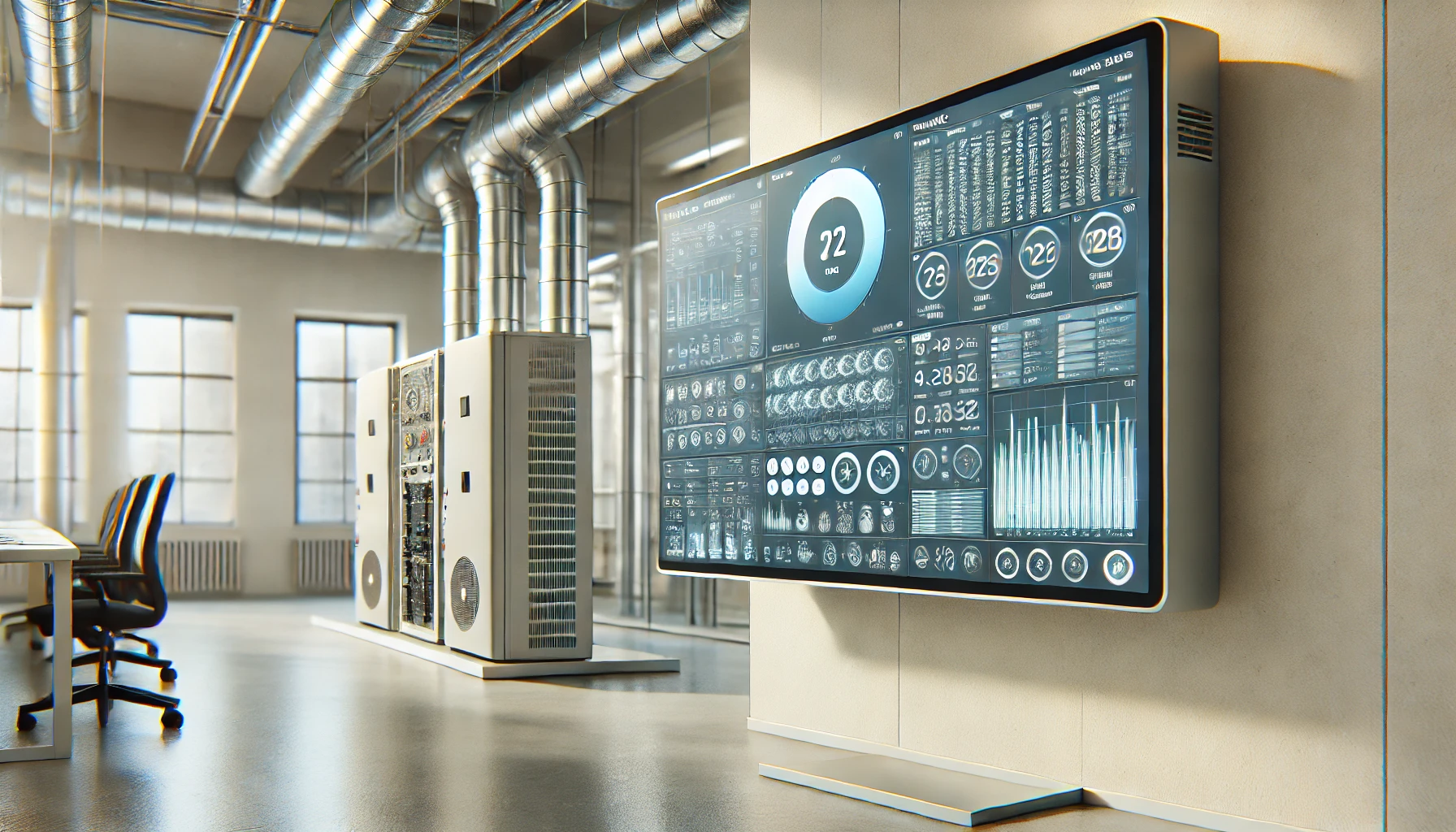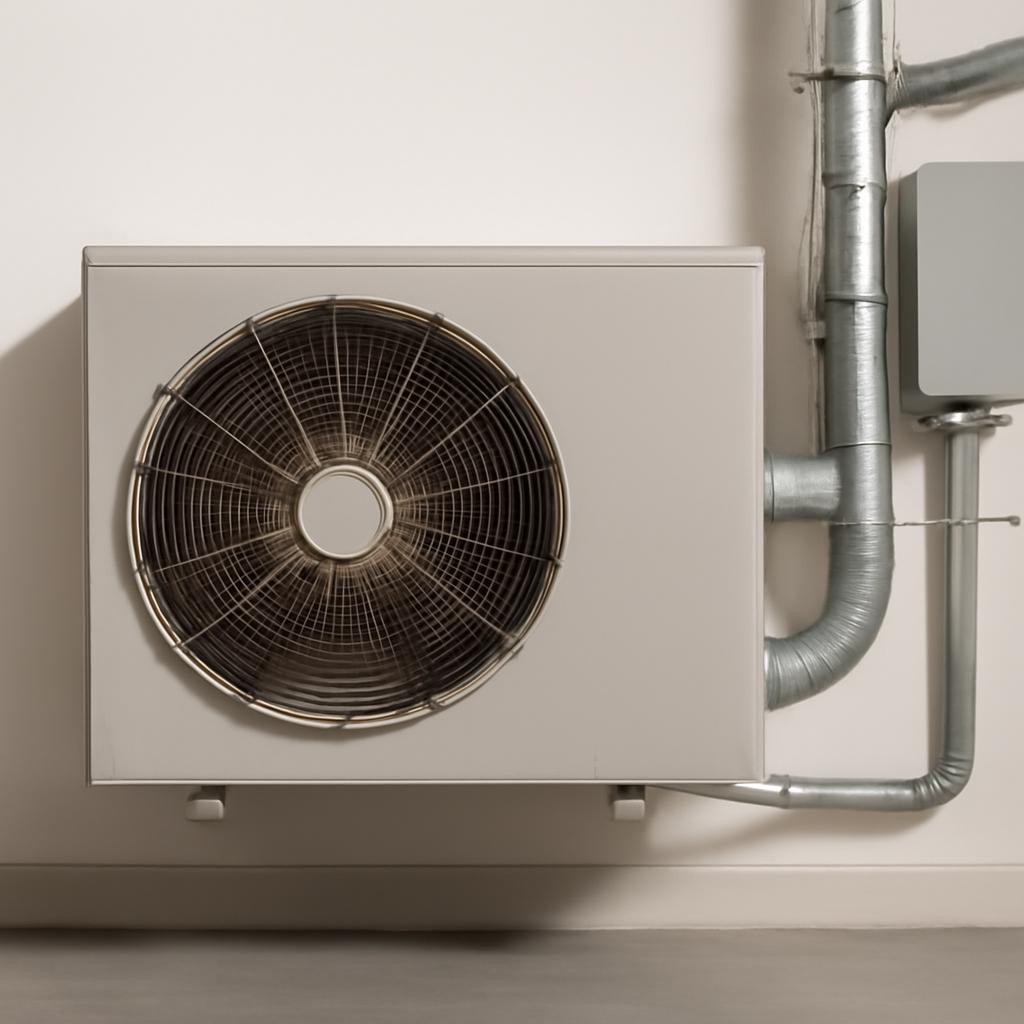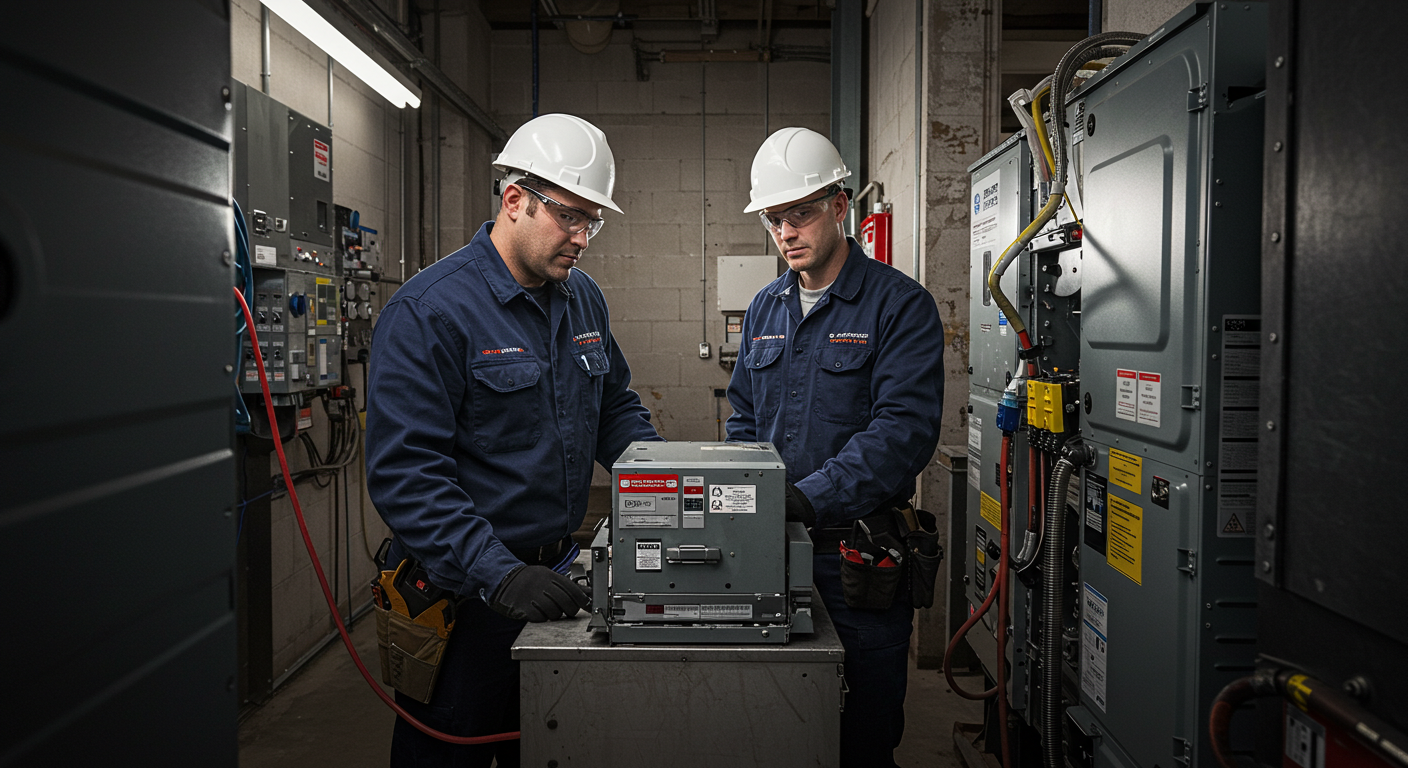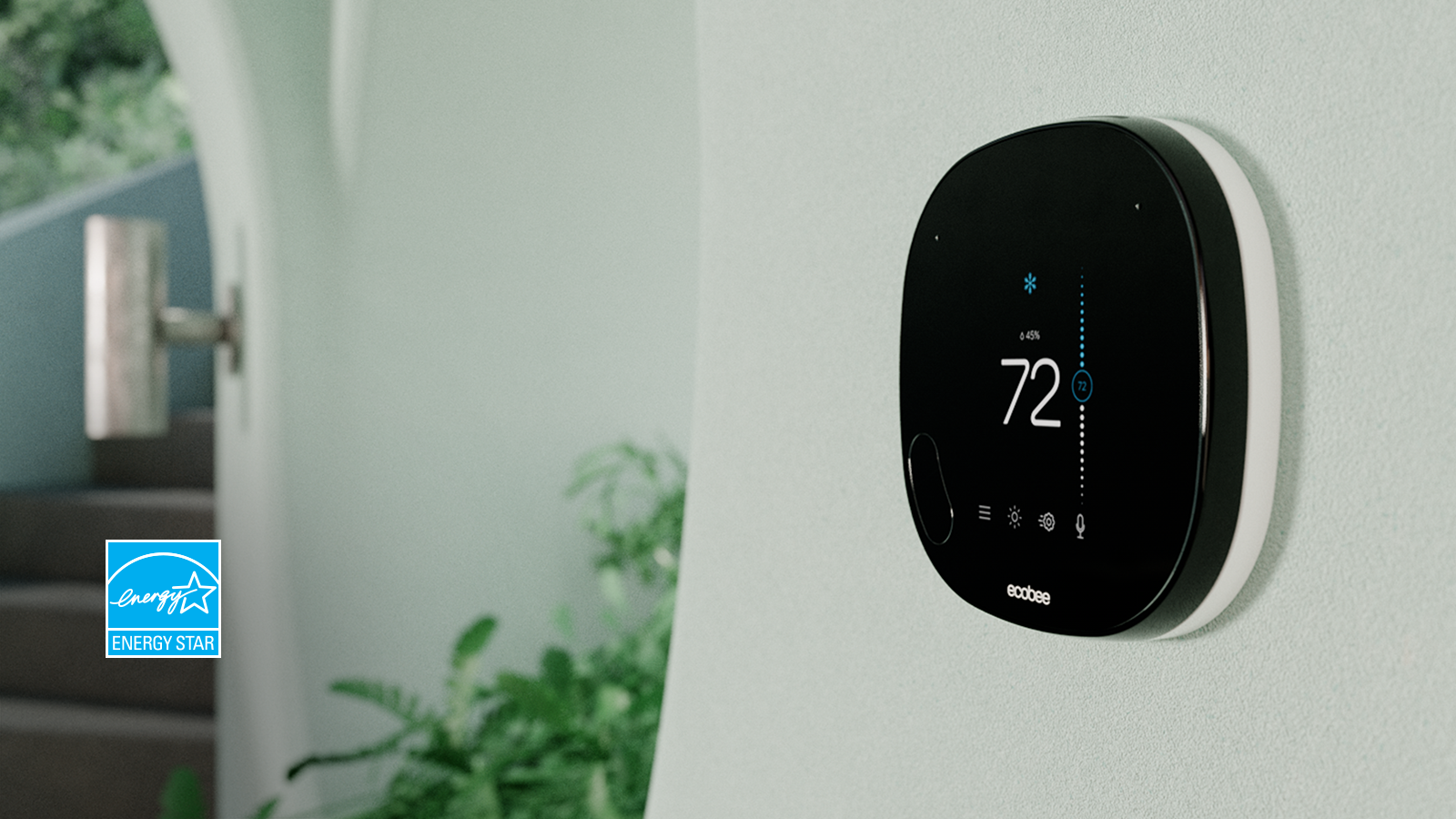Mastering HVAC Projects with Effective Job Site Dashboards
Welcome to the future of HVAC project management, where job site dashboards are revolutionizing the way you track, analyze, and optimize your operations. In today’s fast-paced world, staying ahead in the HVAC industry requires more than just technical expertise—it demands strategic data-driven decisions. This post will guide you through the effective use of job site dashboards for your HVAC projects, helping you maximize efficiency and boost your bottom line.
Understanding HVAC Job Dashboards
Job site dashboards are powerful tools that provide real-time tracking of key performance indicators (KPIs). These include total revenue from completed jobs, missed revenue from unbooked or canceled jobs, closed average ticket prices, and revenue trends with year-over-year comparisons. With this data at your fingertips, you can easily identify gaps in revenue or inefficiencies, allowing for quick corrective actions.
Enhancing Operational Visibility with Advanced Dashboards
Advanced job site dashboards, like those integrated with the Ruud EcoNet 800 Series smart thermostat, take operational visibility to the next level. By directly linking field data, such as system performance or installation timing, into the dashboard, you gain actionable insights that can drastically improve your service quality and customer satisfaction.
Real-Time Reporting for Proactive Maintenance
With real-time reporting, your HVAC maintenance staff can monitor energy use, temperature deviations, equipment uptime, and overall system health. This enables quick identification of operational trends and anomalies, allowing you to address issues before they escalate into costly repairs or downtime.
- Track critical sales, booking, and conversion statistics seamlessly.
- Identify gaps in revenue and inefficiencies at-a-glance with consolidated data.
- Utilize statistical analysis and predictive modeling for accurate forecasting.
Forecasting and Planning with HVAC Dashboards
Statistical analysis and predictive modeling derived from dashboard data support accurate forecasting of maintenance schedules and energy budgeting. This data-driven approach helps you project future resource needs and improve decision-making, ultimately enhancing your operational efficiency.
The Future of HVAC Project Management
As the HVAC market is projected to grow by 12.7% from 2024 to 2028, the importance of data-driven project management and efficiency optimization cannot be overstated. Embracing HVAC dashboards today ensures you stay competitive and ready for future challenges.
FAQ: Leveraging HVAC Job Site Dashboards
What are HVAC job dashboards?
HVAC job dashboards are digital tools that offer real-time tracking of key performance indicators, providing insights into revenue streams, job opportunities, and operational efficiency.
How can dashboards improve HVAC project management?
Dashboards improve project management by consolidating critical data into one interface, allowing you to identify inefficiencies and make informed decisions quickly.
What features should I look for in an HVAC dashboard?
Look for features such as real-time reporting, integration with smart thermostats, and predictive modeling capabilities to enhance operational visibility and forecasting.
How do dashboards support maintenance and energy budgeting?
By providing statistical analysis and predictive modeling, dashboards help forecast maintenance schedules and energy needs, facilitating better budgeting and resource allocation.
Why is data-driven decision-making important in HVAC?
Data-driven decision-making allows you to optimize operations, reduce costs, and improve service quality, ensuring you remain competitive in a growing market.
Ready to transform your HVAC projects with job site dashboards? Start integrating these powerful tools into your operations today and watch your business thrive. Contact us to learn more about the best HVAC dashboard solutions.











